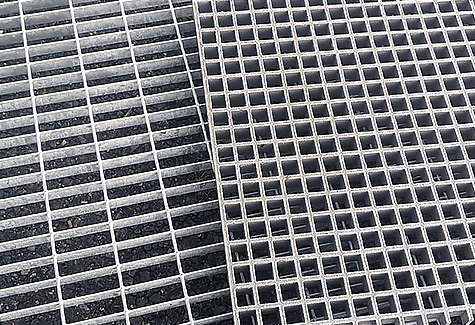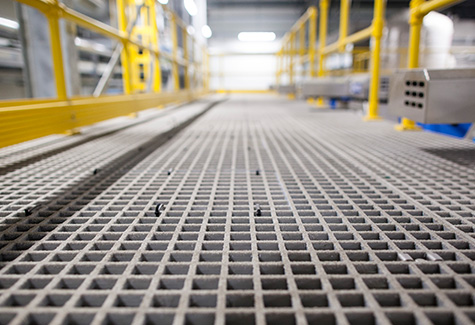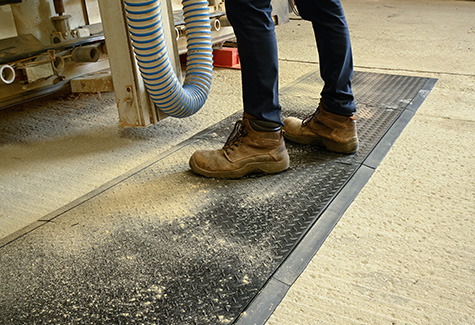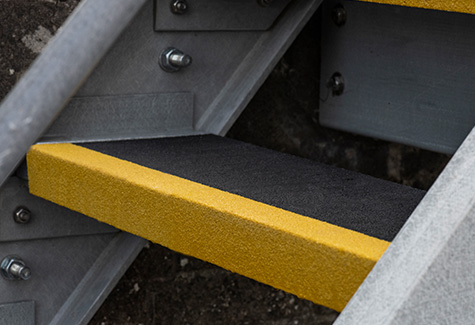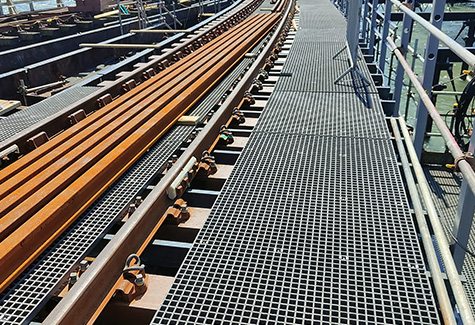When it comes to installing GRP grating into risers, contractors face a crucial decision: Post Fix or Cast-in. In this blog, we'll explore the differences between these two installation methods and highlight the remarkable benefits of using GRP in your RC frame projects.
The Post Fix Method:
The Post Fix method involves securely attaching grating onto an existing structure or frame after its construction. This approach is a preferred choice in various applications due to its flexibility, quick and easy installation.
Benefits:
- Ease of installation: Manufactured off-site to bespoke drawings and supplied in kit format, the Post Fix method ensures simplicity and efficiency. This not only saves construction time but also reduces labour costs, making it a cost-effective solution. A fixing kit is included for added convenience.
- Minimised disruption: The streamlined manufacturing process minimises disruption to ongoing operations, making it suitable for retrofitting or maintenance projects.
- Adjustability: The Post Fix method offers flexibility for adjustments or replacements. Supports can be added, moved, or removed throughout the project, providing adaptability to changing requirements. This adaptability not only aligns with client expectations but also helps streamline project schedules and ultimately costs.
- Zero wastage: Designed to bespoke specifications, the Post Fix method minimises wastage, contributing to a more sustainable construction process.
The Cast-in Method:
With the Cast-in method, grating becomes an integral part of the concrete structure during the initial casting process, achieved through either rebating or a steel box support system.
Benefits:
- Structural integration: Cast-in risers are installed before the concrete is poured, becoming an integral part of the overall structure. This integration enhances the stability and strength of the structure, contributing to its overall durability.
- Efficient installation process: Using the Cast-in method means there is no requirement for post-installation leading to a quicker overall construction timeline. The absence of additional installation steps enhances efficiency and can expedite project completion.
- Ease in small openings: With projects involving smaller risers, fixing angles or brackets in compact openings can be challenging, making the cast in method a practical and user-friendly solution for such situations compared to Post-fix method
- Savings on edge protection requirements: Installation before concrete pouring eliminates the need for separate edge protection measures. The system immediately safeguards the opening with a GRP grating covering, providing both safety and cost savings.
The key difference is that, compared to the post-fix method, the cast-in method demands greater planning. The fabrication of the metal box system can be time-consuming, often requiring production before the riser openings on-site are formed. Should a change be needed to the cast in riser, it may result in a complete re-manufacture, incurring additional costs and delays in installation and on-site progress. In contrast, the post-fix method offers unrivalled flexibility, allowing for on-site adjustments without the complexities associated with cast-in planning.
The choice between Post Fix and Cast-in methods depends on the project requirements. What remains consistent is the outstanding performance of GRP in terms of corrosion resistance, low maintenance, and safety features. Whether you opt for the ease of Post Fix or the seamless finish of Cast-in, choosing GRP grating ensures that your RC frame construction will stand the test of time and environmental challenges, while also offering long-term cost benefits.
Make sure you make the right choice for your next project and harness the remarkable advantages of GRP.


